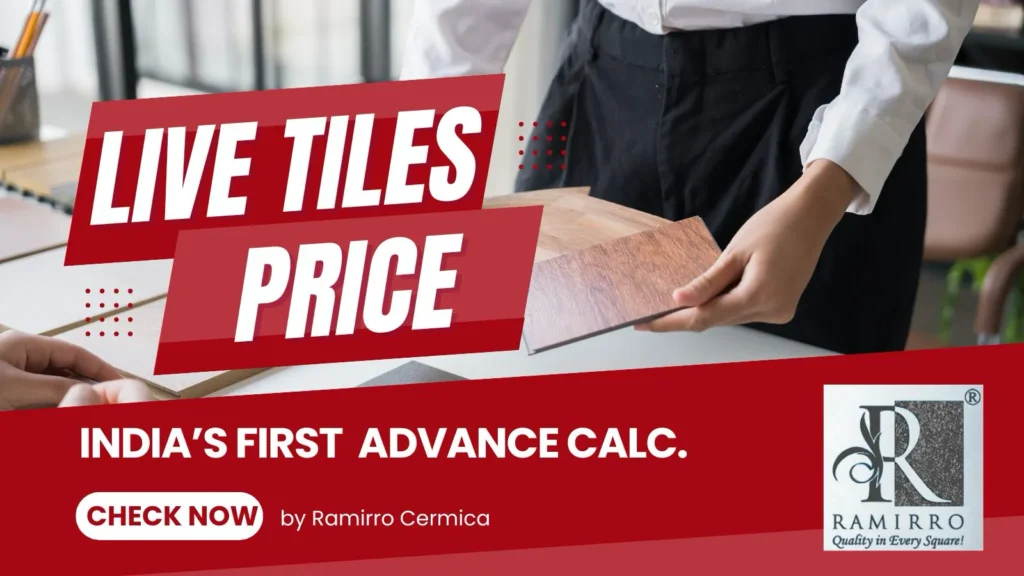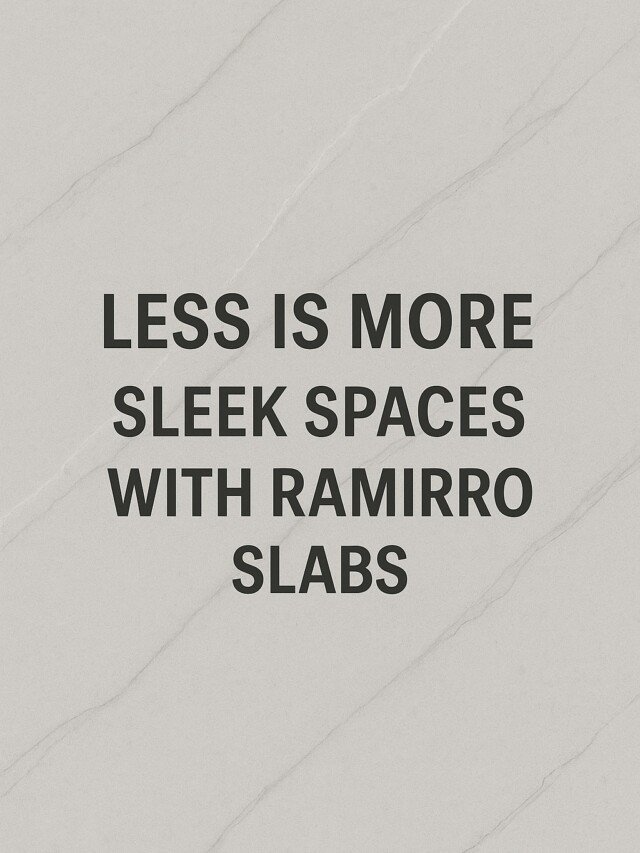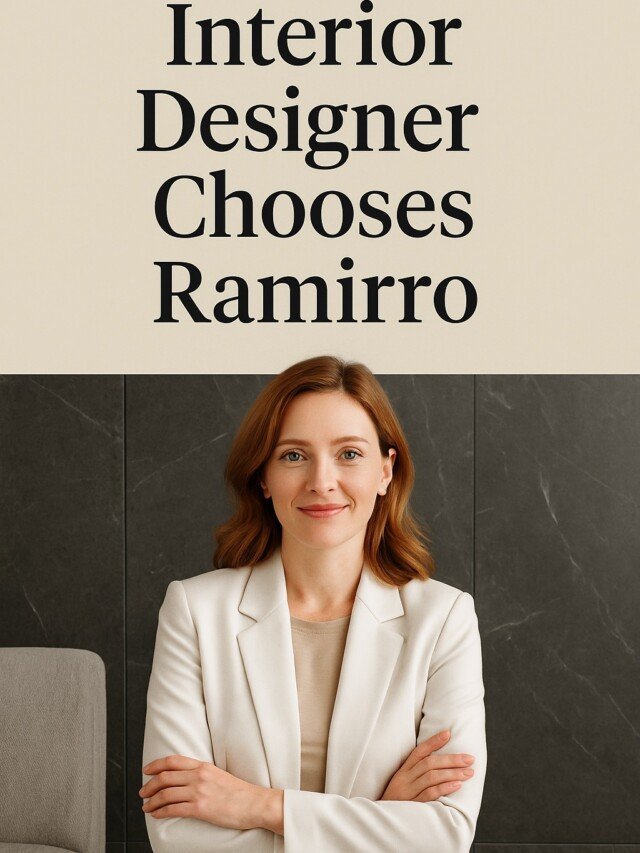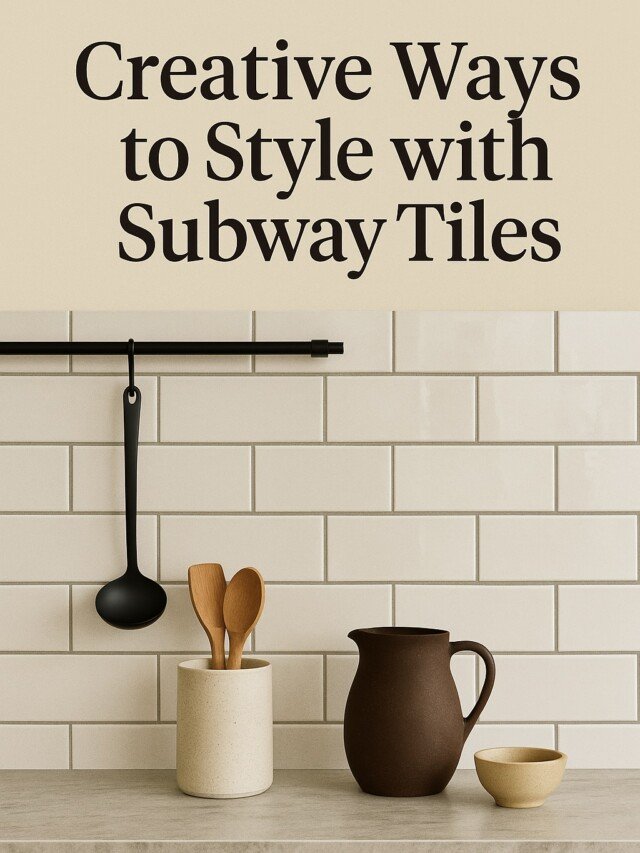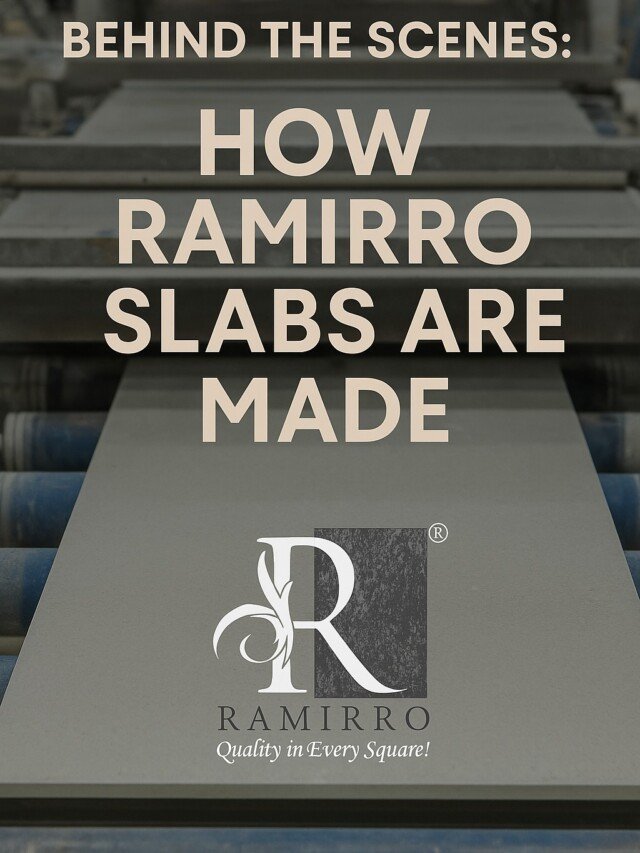Wall Panels vs Wall Tiles: Pros, Cons, and Which One to Choose
Choosing between wall panels and wall tiles isn’t just about looks—it’s about making the right decision for your space, lifestyle, and long-term value. Whether you’re renovating a bathroom, designing a modern kitchen, or upgrading a commercial interior, knowing the pros and cons of each option can save you time, money, and regret. In this guide, Ramirro Ceramica breaks down the real differences between wall panels and wall tiles—beyond the surface—so you can confidently select the best solution for your walls. Let’s explore what truly sets them apart in durability, design, cost, and installation.
- Wall Panels vs Wall Tiles: Pros, Cons, and Which One to Choose
- Why This Isn’t Just a Design Choice — It’s a Lifestyle Decision
- The Core Difference People Overlook Between Wall Panels and Wall Tiles
- Still Confused? This Table Makes the Wall Tile vs Panel Decision Easy”
- What Wall Tiles Do Exceptionally Well (That Wall Panels Don’t Even Try To)
- Where Wall Panels Win — And Why That Doesn’t Mean They’re Always Better
- Durability Showdown: Let’s Talk 5-Year, 10-Year, 20-Year Realities
- Installation Matters More Than You Think (Hidden Costs & Long-Term Risks)
- Design Wars: Glossy Trends vs Timeless Textures
- Cost is Not Just the Price Tag — It’s the Story After Installation
- When to Choose Wall Tiles, When to Go for Wall Panels (With Real-Life Scenarios)
- Ramirro’s Recommendation: How to Choose the Perfect Wall Finish — Free Expert Advice
- FAQs — Straight, Honest Answers from Ramirro Ceramica Experts
Why This Isn’t Just a Design Choice — It’s a Lifestyle Decision
When it comes to wall finishes, most people focus only on price or appearance. But that’s just the surface. The real difference lies in how your choice performs over time—especially in spaces like bathrooms, kitchens, and high-traffic areas.
At Ramirro Ceramica, we believe that walls are more than a backdrop—they’re a functional part of your everyday life. The right wall finish should resist moisture, handle daily wear, and stay beautiful for years without constant maintenance. Choosing between wall tiles and wall panels isn’t just about matching your décor—it’s about building comfort, durability, and peace of mind into your space.
The Core Difference People Overlook Between Wall Panels and Wall Tiles
Most people stop at the basics—tiles are ceramic, and panels are usually PVC. But the true difference lies much deeper in how they’re made, installed, and how they perform over time.
Construction: Ramirro’s wall tiles are kiln-fired at high temperatures, making them dense, durable, and resistant to heat and water. Wall panels are typically pressed or extruded from plastic, MDF (medium density fiberboard), or composite materials, which are faster to produce but less robust.
Installation Method: Wall tiles require a wet installation process using mortar or tile adhesive. It takes more time but offers long-term grip and stability. Wall panels are designed for quick, dry installation using click-lock systems, glue, or screws—ideal for fast makeovers.
Moisture Performance: Ceramic tiles are naturally breathable and can handle long-term moisture exposure with proper grouting. Panels tend to resist water on the surface, but their internal structure may degrade over time—especially at joints or in high-humidity zones.
The Real Truth: Wall tiles deliver legacy strength and premium longevity. Wall panels offer speed and short-term convenience. Knowing this can help you make a smarter choice—especially if you’re investing in a space meant to last.
Still Confused? This Table Makes the Wall Tile vs Panel Decision Easy”
| Feature | Wall Tiles | Wall Panels |
|---|---|---|
| Material | Made from natural materials like ceramic, vitrified clay, or stone. Ramirro Ceramica offers premium finishes crafted through high-temperature firing. | Typically made from synthetic materials like PVC, MDF, acrylic, or composites—lighter but less natural and often not as durable. |
| Durability | Extremely durable—resistant to scratches, fire, and high impact. Ideal for long-term use in busy or high-moisture areas. | Moderately durable—can dent or scratch more easily. Not ideal for high-impact or high-use environments over long periods. |
| Water Resistance | 100% water-resistant when installed with proper grouting. Suitable for wet zones like bathrooms and kitchens. | Water-resistant on the surface, but water can seep through seams or joints over time, especially in humid environments. |
| Design Variety | Offers endless design options—textures, patterns, colors, matte/glossy finishes, and artistic tiles exclusive to Ramirro’s designer collections. | Limited to factory-printed textures or basic patterns. Customization is minimal compared to tiles. |
| Installation | Requires professional installation using mortar or adhesive. Takes more time but delivers a long-lasting bond. | Easy to install using glue, screws, or click-lock systems. Faster and DIY-friendly, often used for temporary or budget-conscious projects. |
| Maintenance | Very low maintenance. Surface remains glossy and clean with minimal effort. Resistant to stains, mold, and discoloration. | Easy to clean, but the surface may discolor or peel over time, especially with heat or cleaning chemicals. |
| Lifespan | Built to last 20–30+ years with proper care. Retains its aesthetic and strength over decades. | Typically lasts 5–10 years. Needs replacement sooner, especially in kitchens or high-moisture zones. |
| Cost | Higher initial cost, but lower total cost over time due to longevity and low maintenance. | Lower upfront cost, but may require frequent replacement, making it more expensive in the long run. |
| Ideal For | Perfect for bathrooms, kitchens, luxury homes, commercial walls, and any space where durability and design matter. | Best for temporary upgrades, exhibition booths, rental homes, or low-traffic interior walls. |
| Eco-Friendliness | Made from natural clay and minerals. Ramirro Ceramica uses sustainable, recyclable processes to reduce environmental impact. | Often made with plastics and resins. Some are not recyclable and contribute to landfill waste after disposal. |
-
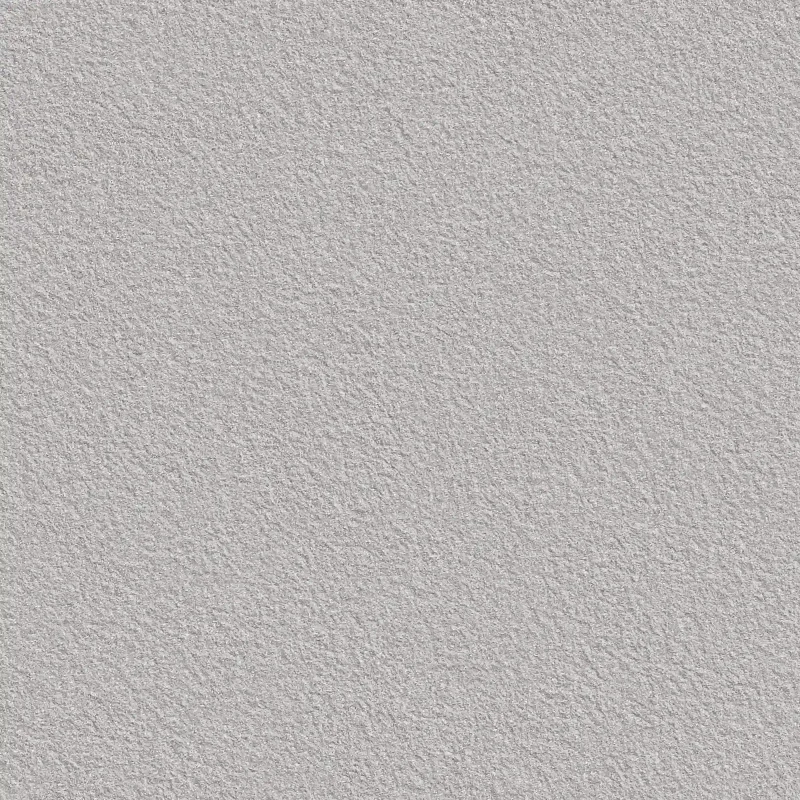 DOVE – Grey Full Body Tiles
DOVE – Grey Full Body Tiles -
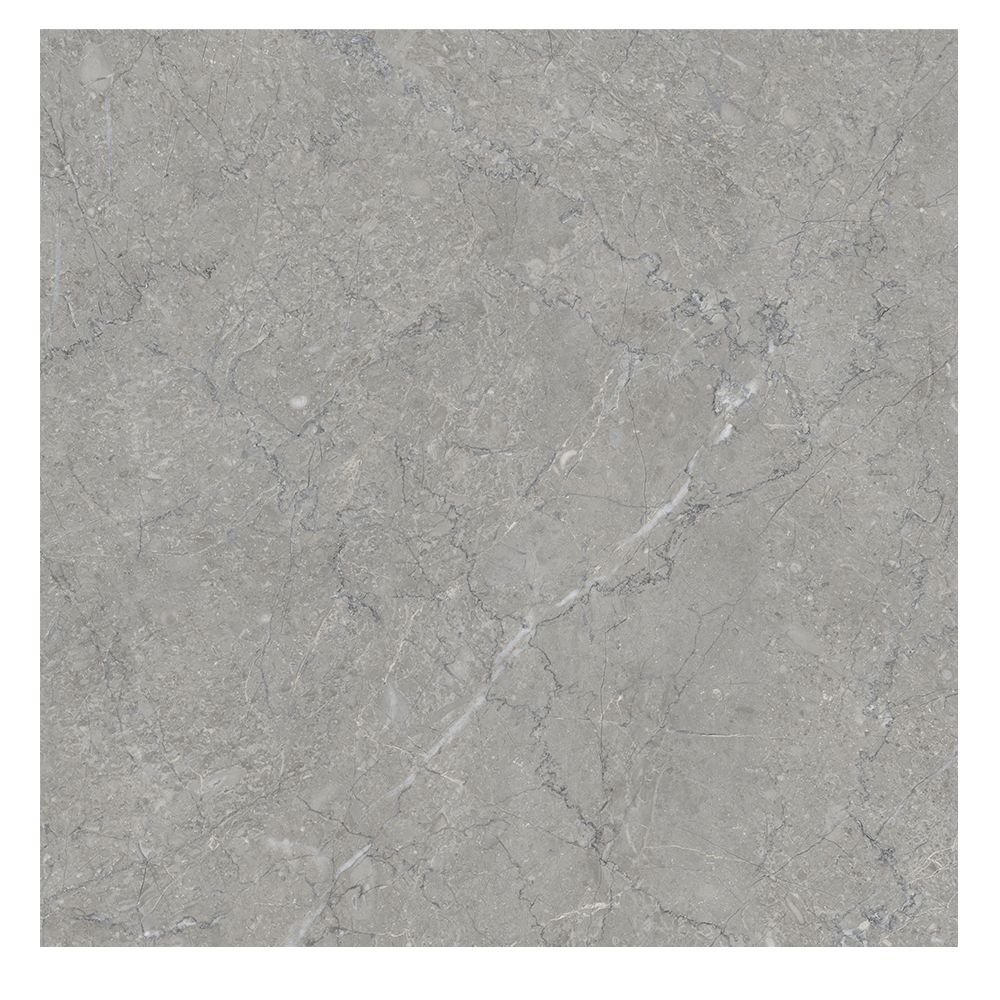 SINTETICO-GREY Marble Look Porcelain Tiles
SINTETICO-GREY Marble Look Porcelain Tiles -
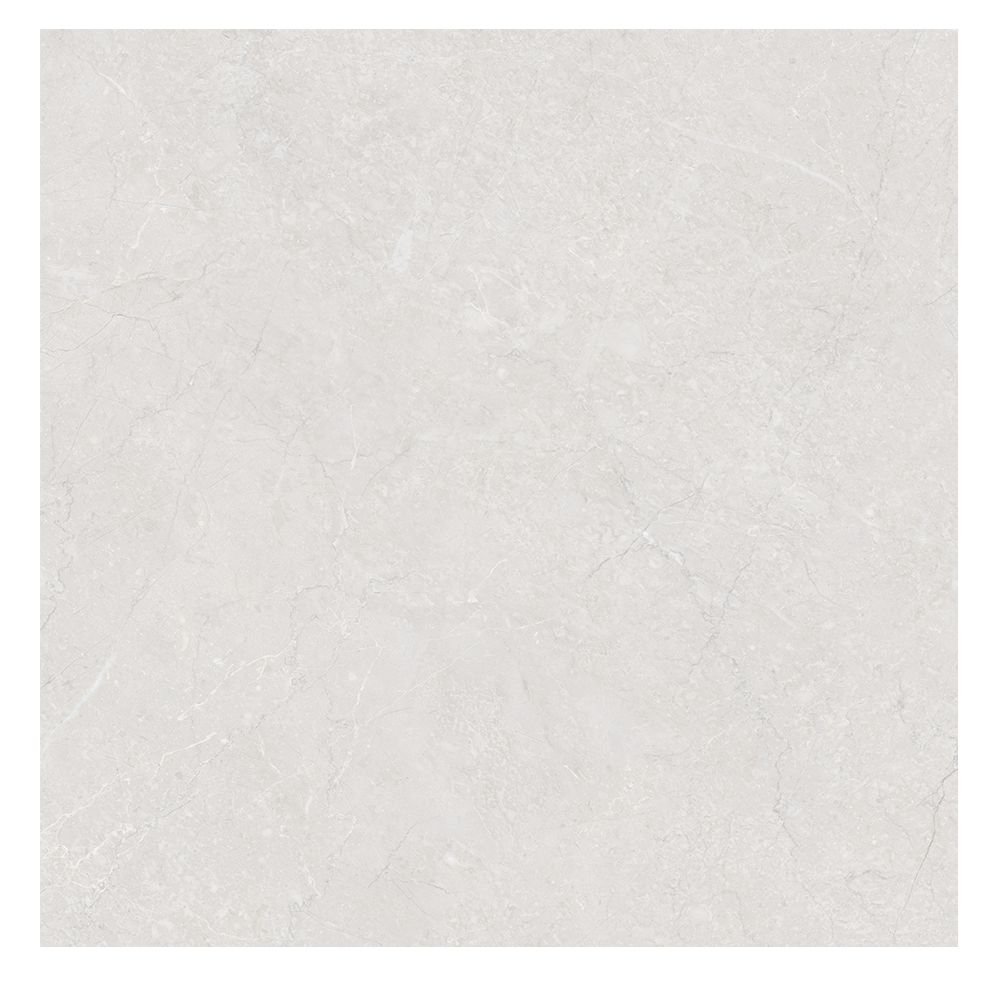 SINTETICO BIANCO Marble Look Porcelain Tiles
SINTETICO BIANCO Marble Look Porcelain Tiles -
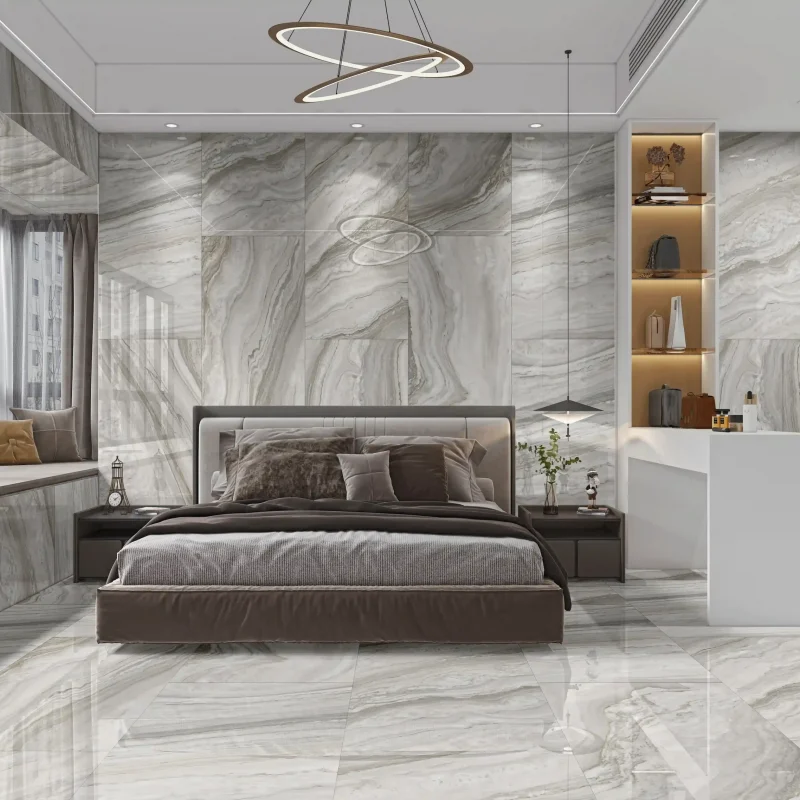 SAHARA-GREY Marble Look Porcelain Tiles
SAHARA-GREY Marble Look Porcelain Tiles -
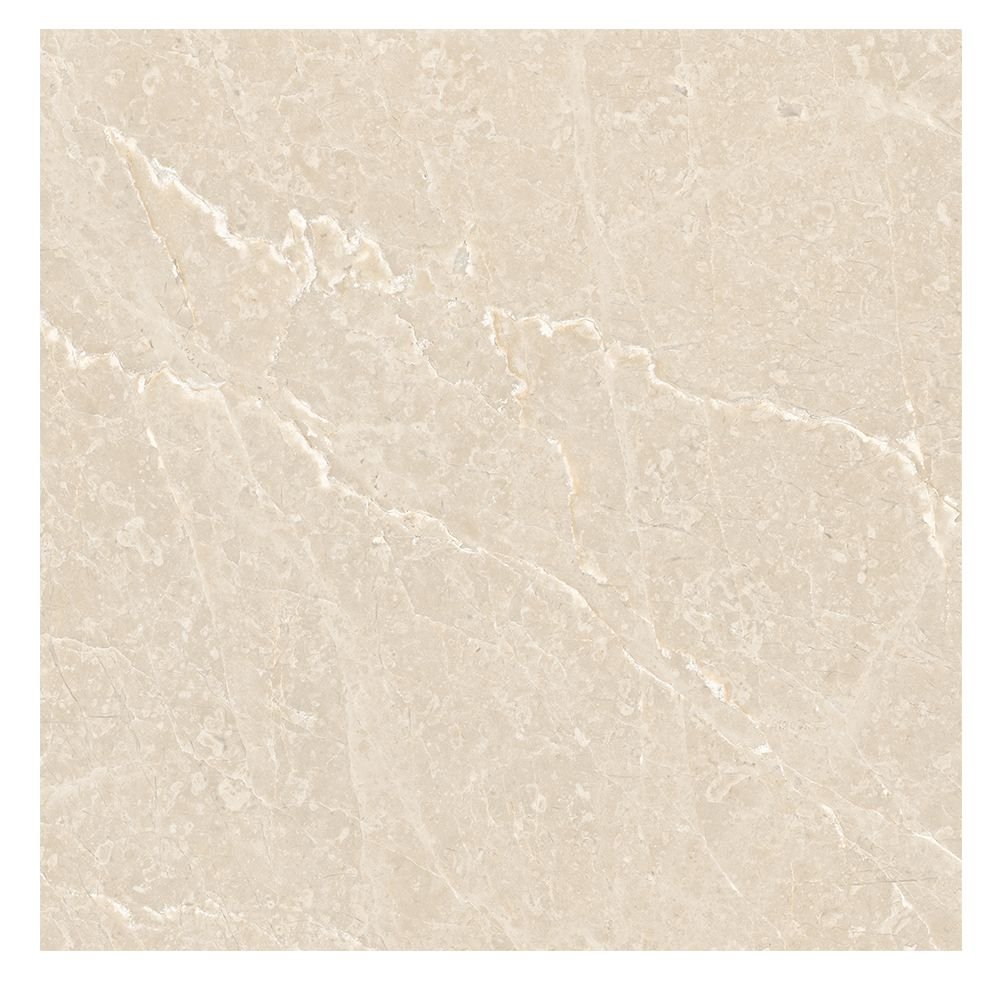 MYSTIQUE CREMA Marble Look Porcelain Tiles
MYSTIQUE CREMA Marble Look Porcelain Tiles -
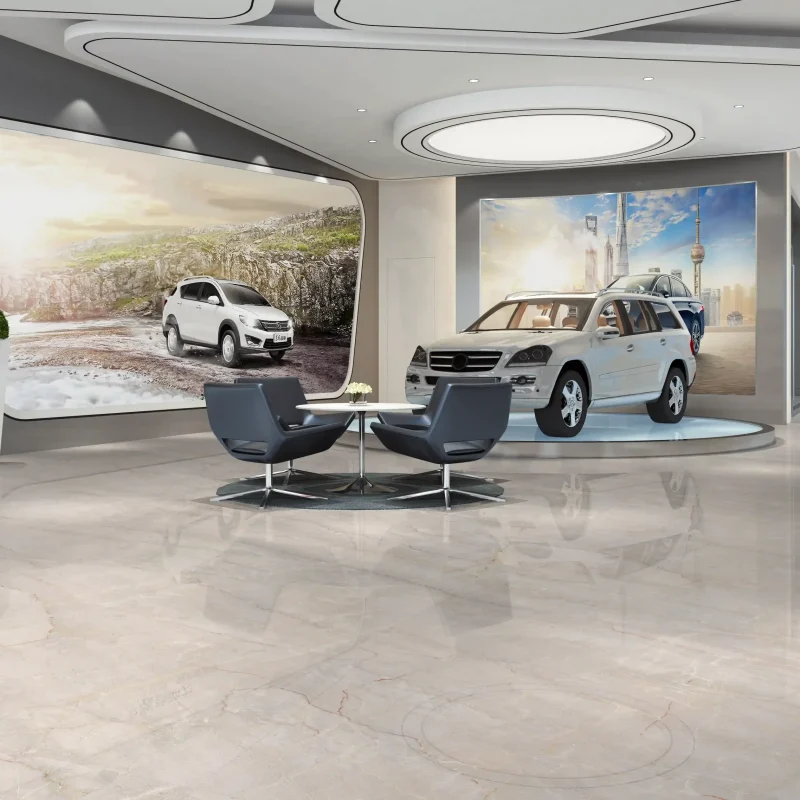 MONTERA RIO Marble Look Porcelain Tiles
MONTERA RIO Marble Look Porcelain Tiles -
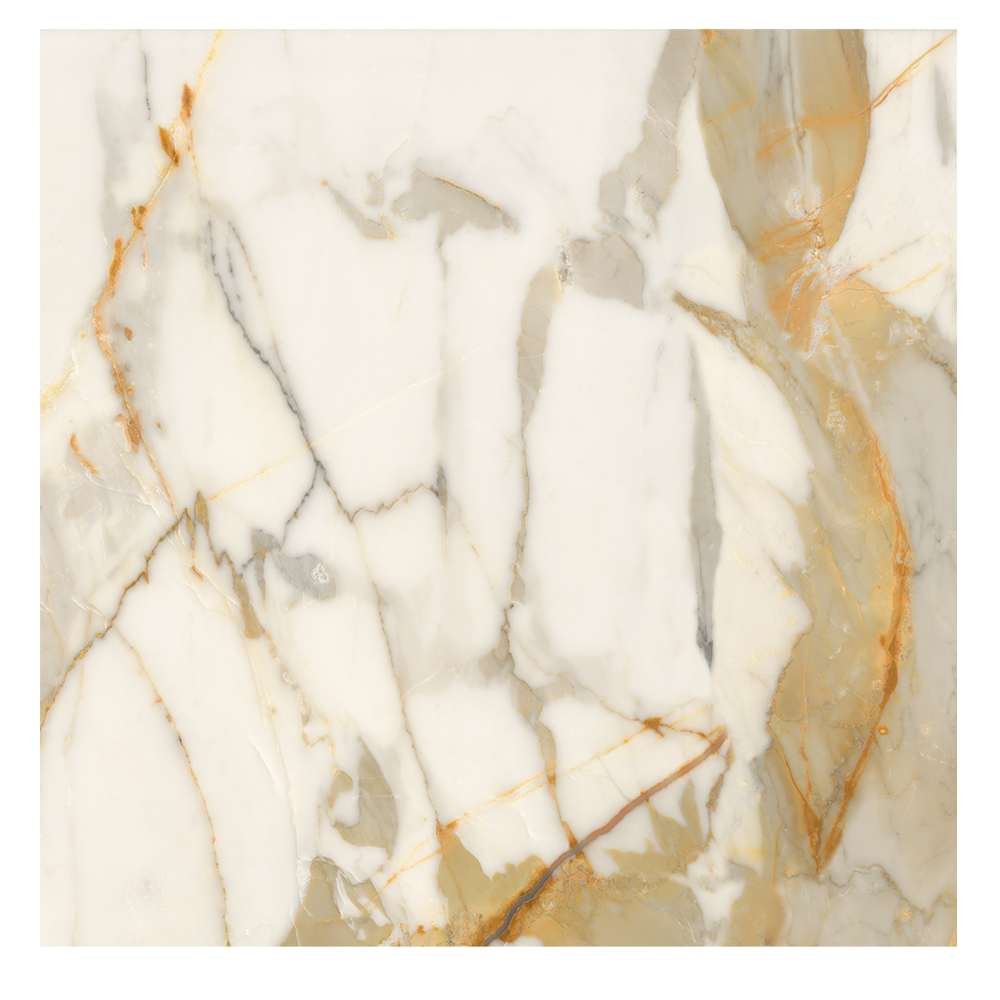 CALCATTA ORO Marble Look Porcelain Tiles
CALCATTA ORO Marble Look Porcelain Tiles -
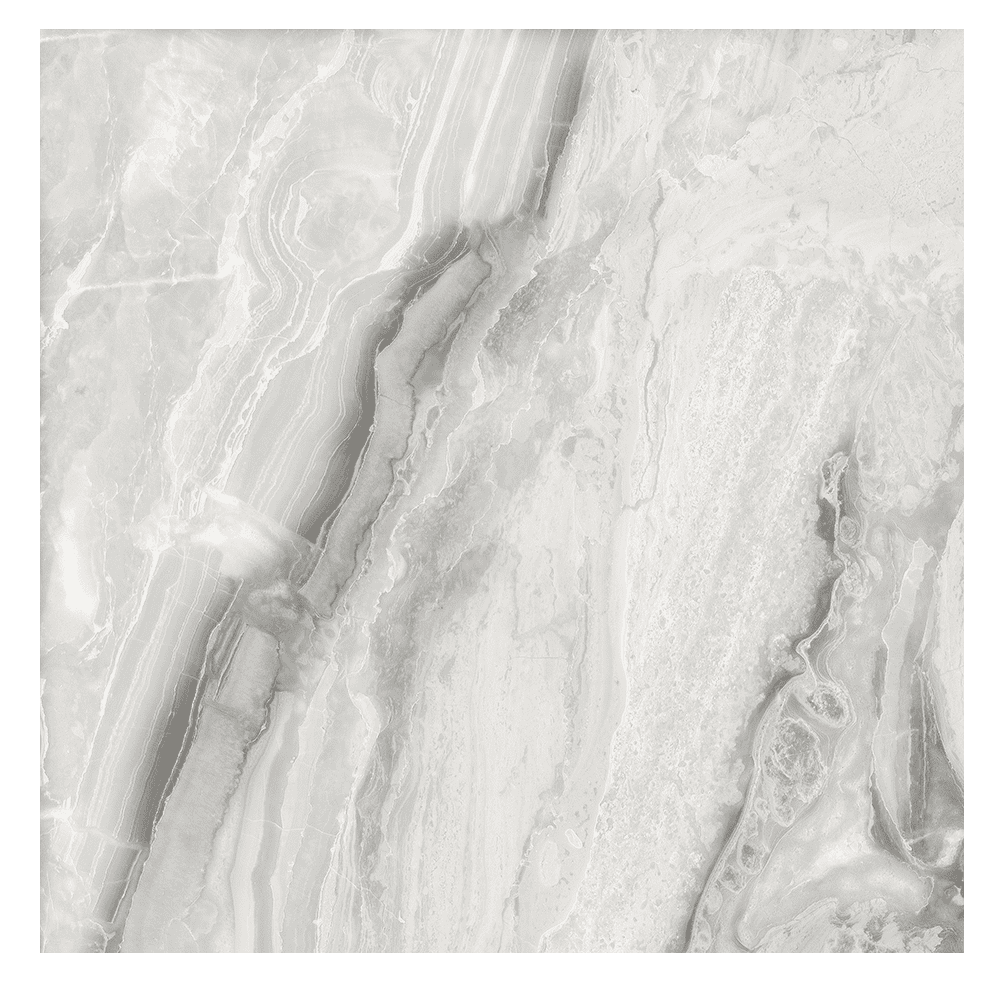 APEN SILVER Marble Look Porcelain Tiles
APEN SILVER Marble Look Porcelain Tiles -
 TERRAZZO BEIGE Marble Tile Design for Porcelain
TERRAZZO BEIGE Marble Tile Design for Porcelain -
 TROPICANA WHITE Marble Tile Design for Porcelain
TROPICANA WHITE Marble Tile Design for Porcelain -
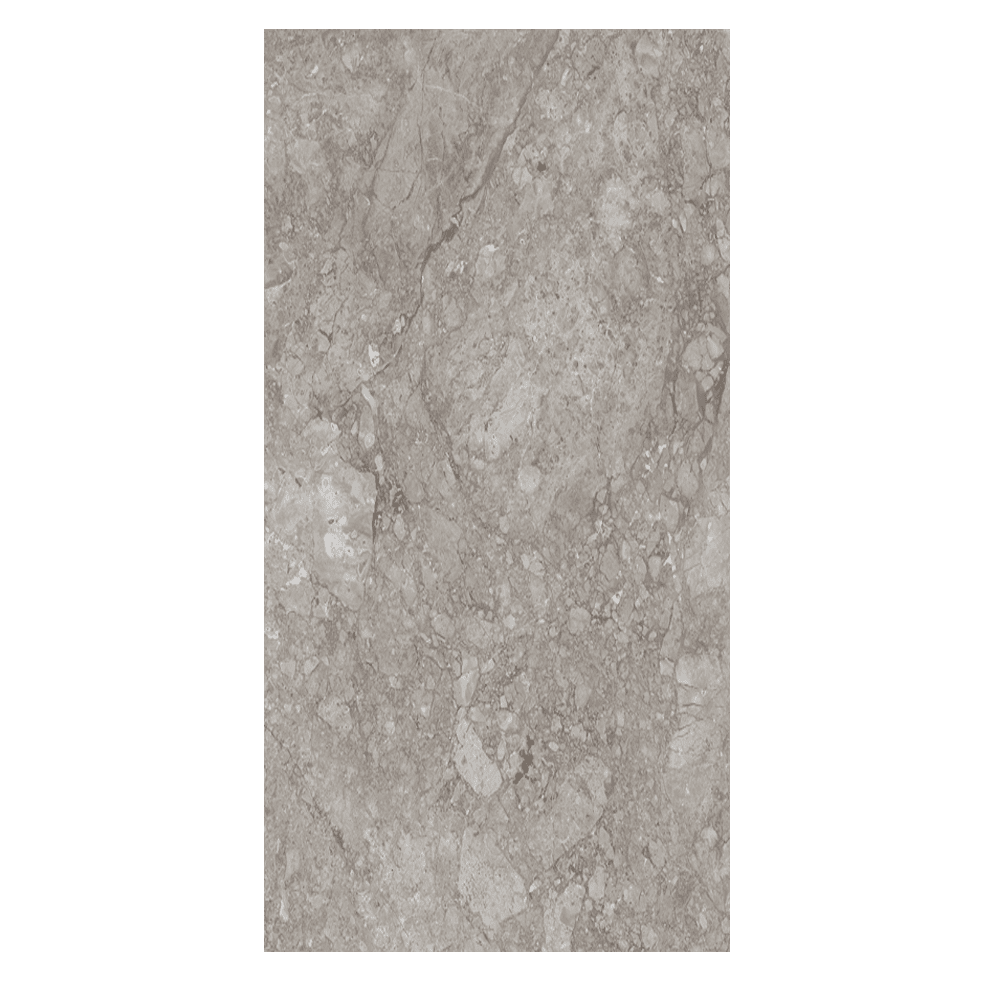 WILLIAM GREY Marble Tile Design for Porcelain
WILLIAM GREY Marble Tile Design for Porcelain -
 TROPICANA CREMA Marble Tile Design for Porcelain
TROPICANA CREMA Marble Tile Design for Porcelain -
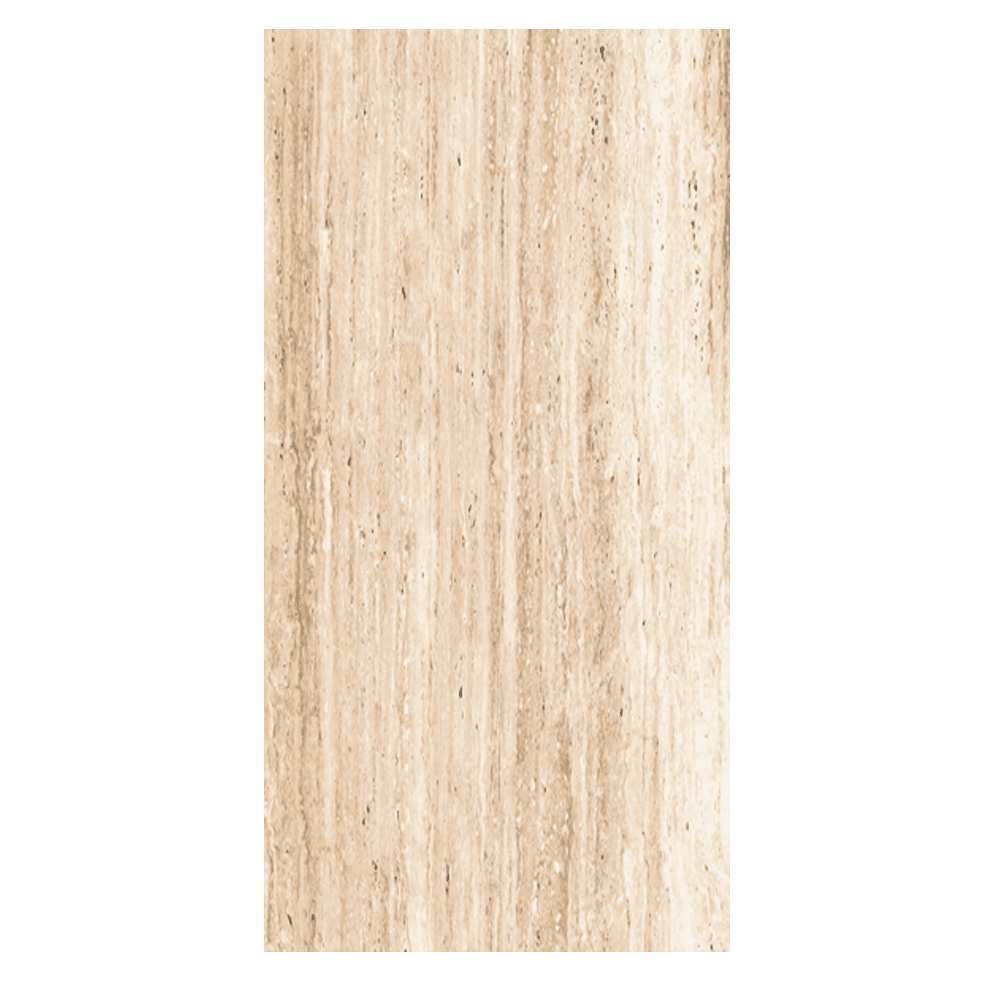 TRAVENTINO ROYAL Marble Tile Design for Porcelain
TRAVENTINO ROYAL Marble Tile Design for Porcelain -
 STATUARIO PEARL Marble Tile Design for Porcelain
STATUARIO PEARL Marble Tile Design for Porcelain -
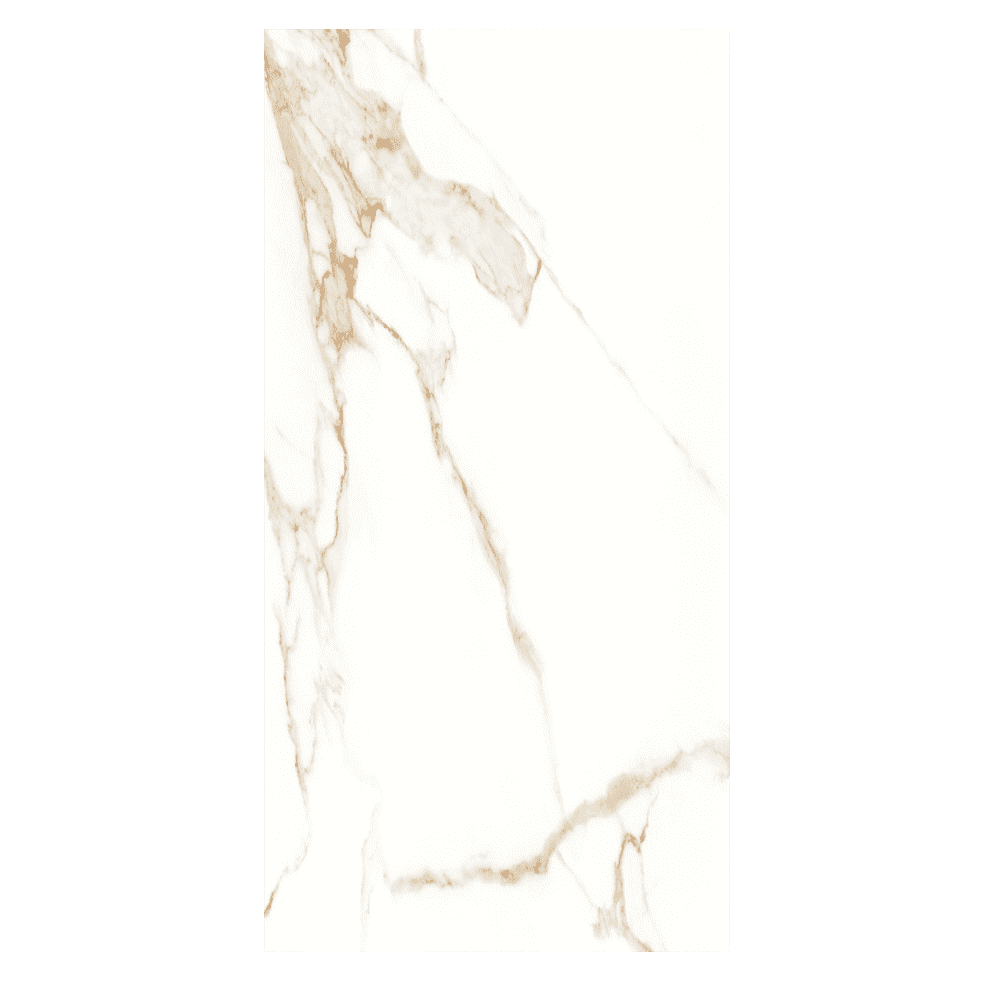 STATUARIO GOLD Marble Tile Design for Porcelain
STATUARIO GOLD Marble Tile Design for Porcelain -
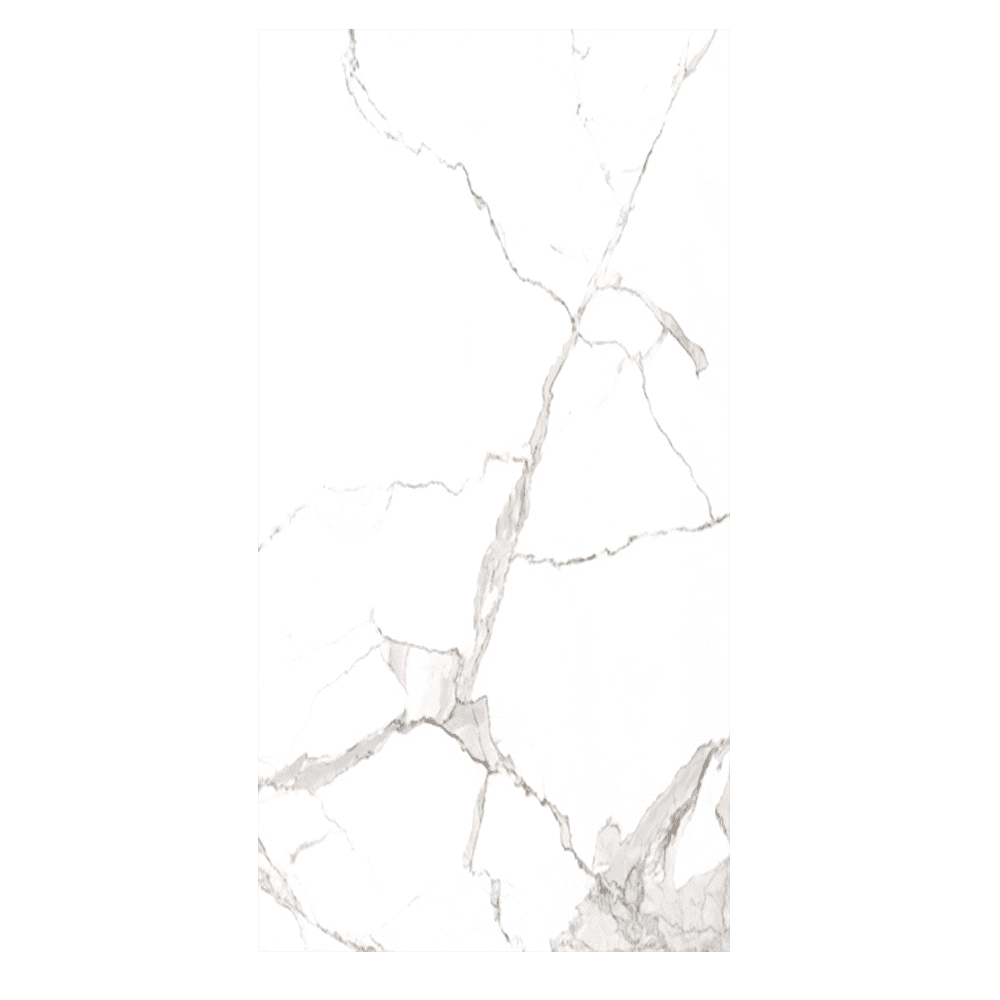 SEAMLESS STATUARIO Marble Tile Design for Porcelain
SEAMLESS STATUARIO Marble Tile Design for Porcelain -
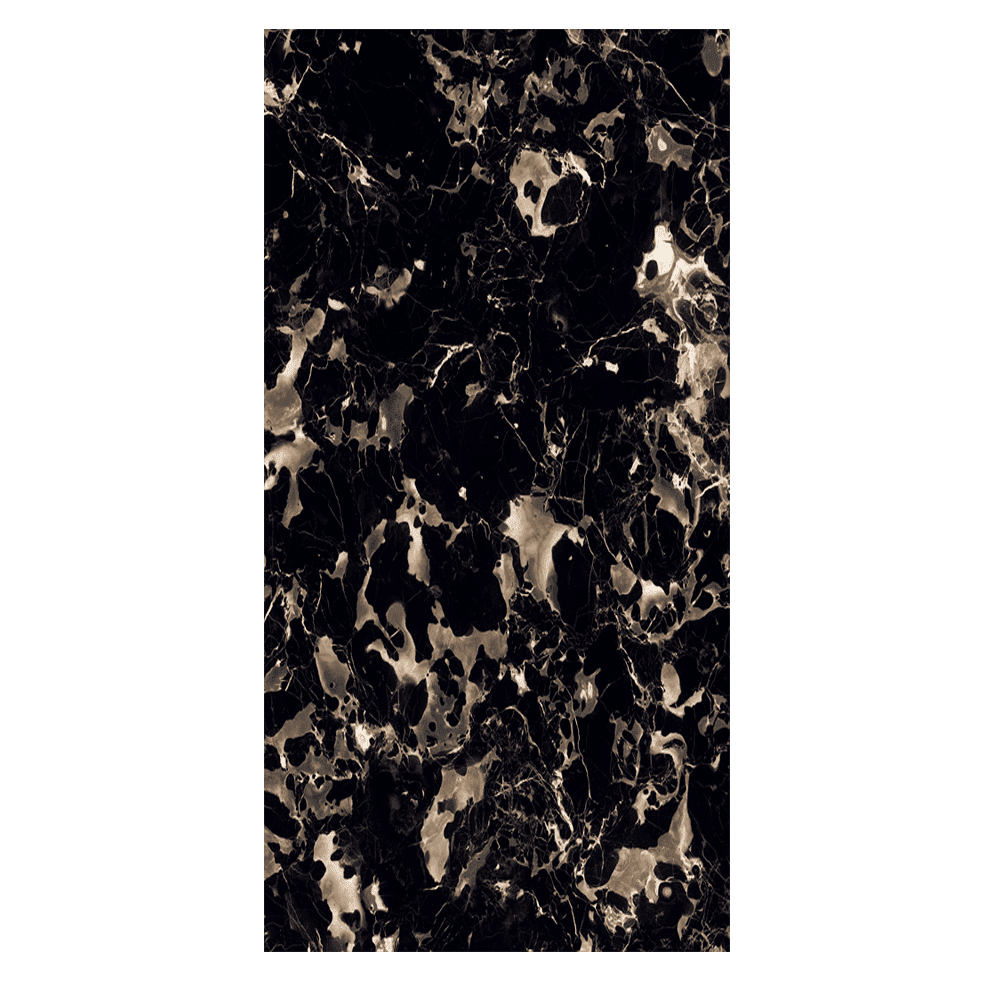 PORTORO BLACK Marble Tile Design for Porcelain
PORTORO BLACK Marble Tile Design for Porcelain -
 NOVANA GREY Marble Tile Design for Porcelain
NOVANA GREY Marble Tile Design for Porcelain
What Wall Tiles Do Exceptionally Well (That Wall Panels Don’t Even Try To)
Zero-fade surface: Ramirro’s tiles are kiln-fired at high temperatures, locking in color that never fades — even under sunlight or heat.
Fire and scratch resistance: Unlike synthetic panels, tiles stand strong against fire hazards and sharp impacts, making them ideal for kitchens and commercial spaces.
Design freedom: From intricate mosaics to artistic inlays and modern textures, tiles offer unmatched design possibilities that panels can’t replicate.
Hygienic for life: Properly grouted tiles won’t warp, swell, or grow mold — even in wet zones like showers or restaurant kitchens.
Luxe-level aesthetics: Whether you’re after a stone-finish spa wall or a matte-textured gallery backdrop, Ramirro’s collection brings elegance and endurance together.
Where Wall Panels Win — And Why That Doesn’t Mean They’re Always Better
Speed of installation: Panels can be installed in just a few hours, even directly over old tiles or uneven surfaces. Perfect for last-minute renovations or DIY makeovers.
Budget-friendly: If you’re flipping a property or refreshing a rental space on a tight budget, panels are often the quickest, cheapest way to update walls.
Lightweight construction: Wall panels are much lighter than tiles, making them easier to install on upper floors or on drywall that can’t support heavy ceramic finishes.
But here’s the catch:
Durability trade-off: Wall panels are more vulnerable to dents, scratches, and peeling — especially in high-traffic areas.
Heat sensitivity: Unlike ceramic tiles, panels can warp or degrade near heat sources like stoves or industrial lighting.
Fading and wear: Over time, printed surfaces may discolor, and joints can loosen, especially in humid or high-use spaces.
So yes — wall panels can win in short-term scenarios. But if you’re designing a space meant to last, tiles still come out on top.
Durability Showdown: Let’s Talk 5-Year, 10-Year, 20-Year Realities
After 5 Years
Wall Panels: Still holding up visually, but may show small dents or surface scratches in high-use zones. Edges or seams can start to loosen, especially in bathrooms or kitchens.
Ramirro Wall Tiles: Zero structural change. Surface remains glossy or matte as designed. No warping, fading, or edge wear.
After 10 Years
Wall Panels: Noticeable discoloration, especially near heat sources. Printed patterns may fade. Replacement often recommended at this stage.
Ramirro Wall Tiles: Still looking fresh. No loss in shine or color depth. Minor grout maintenance may be needed — but the tile body is untouched.
After 20+ Years
Wall Panels: Rarely last this long. By now, most have been replaced—especially in humid or high-traffic spaces.
Ramirro Wall Tiles: With basic care, they continue performing beautifully. This is why tiles are often seen in century-old European buildings — they’re built for the long run.
Installation Matters More Than You Think (Hidden Costs & Long-Term Risks)
Tiles: More Time Upfront, But Built to Last
Installing wall tiles takes more time and expertise. It’s a wet process that involves proper surface prep, adhesive, leveling, and grouting. But when done right, the result is a seamless, ultra-durable surface that bonds to the wall for decades.
Tiles also require fewer repairs over time — making the extra upfront effort a long-term win.
Panels: Faster, Easier — But With Risks
Wall panels can be installed by almost anyone — even over old surfaces. That’s a huge benefit for DIYers or short-term projects. But they don’t create a structural bond like tiles do. In moist, hot, or shifting environments, panels can warp, peel, or come loose much faster.
What seems like “easy savings” can lead to unexpected costs just a few years down the line.
Design Wars: Glossy Trends vs Timeless Textures
Wall Tiles: A Designer’s Playground
Ramirro’s wall tiles offer real surface depth — not just printed illusions. Choose from:
Glossy finishes that reflect light and elevate small spaces.
Matte and stone textures for spa-like calm and modern minimalism.
Wood and concrete looks that blend industrial with organic.
Even metallic sheens and artistic inlays for bold, statement walls.
These are not just surfaces. They’re long-lasting style layers that age gracefully and evolve with your space.
Wall Panels: Fast Looks, Limited Language
Wall panels typically rely on printed patterns laminated over plastic or fiberboard. While they can mimic tile or wood from a far, they lack the tactile depth and timeless quality of true ceramic finishes.
Good for speed. But rarely good enough for designers aiming high.
Cost is Not Just the Price Tag — It’s the Story After Installation
Tiles: Higher Upfront, But Lower Long-Term Costs
Initial investment: Yes, tiles generally come with a higher upfront cost due to professional installation and premium material quality.
Long-term savings: Their durability, ease of cleaning, and minimal maintenance requirements mean that you’ll spend less on repairs and replacements for decades.
Lifetime value: With a lifespan of 20–30 years or more, tiles, especially those from Ramirro Ceramica, deliver a significantly lower total cost of ownership than alternatives.
Panels: Lower Upfront, But Risky Over Time
Initial cost: Wall panels are cheap and easy to install, making them an appealing option for quick fixes or tight budgets.
Hidden costs: Their shorter lifespan (5–10 years) and susceptibility to damage — from scratches to moisture infiltration — mean they’ll need frequent repairs or replacements.
Higher long-term costs: Over time, you’ll spend more replacing panels than you would have by investing in durable tiles upfront.
When to Choose Wall Tiles, When to Go for Wall Panels (With Real-Life Scenarios)
| Setting | Best Choice | Why |
|---|---|---|
| Bathrooms | Tiles | Tiles offer superior moisture resistance, durability, and hygiene, making them ideal for wet zones. |
| Rental Property Quick Upgrade | Panels | Panels are affordable, fast to install, and easily replaced — perfect for temporary spaces. |
| Luxury Home Wall Design | Tiles | High-end, custom tiles (like Ramirro’s stone look, matte, and textured finishes) elevate luxury interiors. |
| Commercial Washrooms | Tiles | Commercial spaces need long-lasting, easy-to-maintain surfaces, making tiles the best choice. |
| Pop-up Shops or Exhibitions | Panels | Panels provide fast, flexible, and cost-effective solutions for temporary, high-traffic spaces. |
Smart Strategy: Mix Them in Strategic Zones
If you’re working on a larger project, a combination of both tiles and panels could be the smartest strategy. Here’s how:
Use tiles in high-traffic, high-moisture areas like bathrooms, kitchens, and commercial washrooms for long-term durability.
Use panels in areas like rental properties or pop-up shops where budget constraints and temporary solutions are more important.
With the right mix, you can get the best of both worlds — durability and design flexibility where it counts, and cost-efficiency where you don’t need long-term investment.
Ramirro’s Recommendation: How to Choose the Perfect Wall Finish — Free Expert Advice
Still wondering whether to go with wall panels or tiles? Whether you’re remodeling your bathroom floors, upgrading your shower wall, or designing a brand-new space — choosing the right wall finish makes all the difference in the final look, cost, and longevity of your project.
At Ramirro Ceramica, we know that tiles have been a go-to solution for interior design for decades — and for good reason. Tiles provide unbeatable durability, stunning tile designs, and that luxurious, marble look finish that modern decor demands. They’re ideal for kitchens and bathrooms, especially when you’re concerned about waterproof wall solutions that last.
But we also understand the appeal of PVC wall panels — especially when ease of installation, affordability, or covering over existing tiles is your priority. While wall panels provide a fast, low-maintenance option that’s often cheaper than tiles, they also come with some trade-offs. That’s why understanding the key differences between wall panels vs tiles is essential.
Need help deciding between shower wall panels or traditional tiles in the bathroom? Wondering if a panel gives enough visual depth compared to tile effect finishes? Not sure how installation costs compare? Or how PVC panels fare as an alternative to tiles?
Get Personalized Help — Contact Ramirro Ceramica’s Design Experts
Explore Colors, Styles & Finishes
Shop Now | Chat With Expert | View Catalogue
Why Should You Trust us?
Here’s what you get out of our article. Our team have various Ceramic Experts with experience of more than 25 Years, researches on problems our customer faces in tiling industry.
Ramirro Ceramica, – One of The Leading Tiles Manufacturer and Supplier globally, helps you people gain knowledgeable insight before making your purchase decision for products related to the floor and wall tiles.
So, we have closely monitored all kinds of trends in the ceramic tiles manufacturing world, from the old days of clay and plain color to modern digital, realistic-looking designs printed on ceramics with high-depth effects.
Our tiling Experts have seen thousands of different tiles patterns, sizes, materials, pricing, and installation techniques throughout their career.
Their expertise shared with you in simplified and organised way, helps you choose and make better decision before purchasing any flooring option available in market.
Brief about Company:
Ramirro is one of the finest Tiles manufacturers in India manufacturing porcelain and ceramic tiles. Our products have a variety of sizes and types of tiles ranging from Ceramics, porcelain, Full body etc. This helps you choose the perfect fit for your project. Plus, our collection will help you get inspiration from the architect’s design.
Here’s some more helpful links that showcase our users trust on Ramirro Ceramica Brand:
– Growth in International Market
– Trusted and Licensed Exporter
– Manufacturing Plant in India
Here’s our social proof by LinkedIn competing with top known global tiling brands:

FAQs — Straight, Honest Answers from Ramirro Ceramica Experts
Can I install wall panels over existing tiles?
Yes, you can install many PVC wall panels directly over existing tiles, especially if the tiles are well-adhered and the wall is dry. This makes panels a quick alternative to tiles in rental units or fast remodels. But keep in mind — while wall panels provide speed and ease of installation, they may not last as long in wet areas like shower walls.
Are tiles mold-proof?
Ceramic and porcelain tiles are mold-resistant — especially when properly grouted and sealed. Unlike panels that may trap moisture behind joints, tiles in bathrooms are waterproof when installed by professionals. That’s why tiles have been a go-to for bathroom floors and walls in humid spaces.
Which is better for kitchens — tiles or wall panels?
For kitchens and bathrooms, tiles provide superior durability, stain resistance, and heat tolerance. While panels are easier to clean in the short term, they may warp near stoves or ovens. So if you want something that blends home decor with lasting strength, tiles may be the better bet.
What about eco-friendliness — are tiles or panels more sustainable?
At Ramirro, we manufacture tiles using natural clay and offer recyclable tile options. Some PVC panels contain plastic compounds that are not biodegradable and may contribute to environmental waste. So, if you’re looking for a greener solution, tiles are the eco-conscious choice.
Is there a hybrid solution — can I mix tiles and panels?
Absolutely. Many homeowners are now mixing both to transform the look of their interiors strategically — using wall tiles in high-moisture or luxury zones and wall panels instead of tiles in temporary or decorative areas. It’s a smart way to balance installation costs, performance, and design flexibility.



